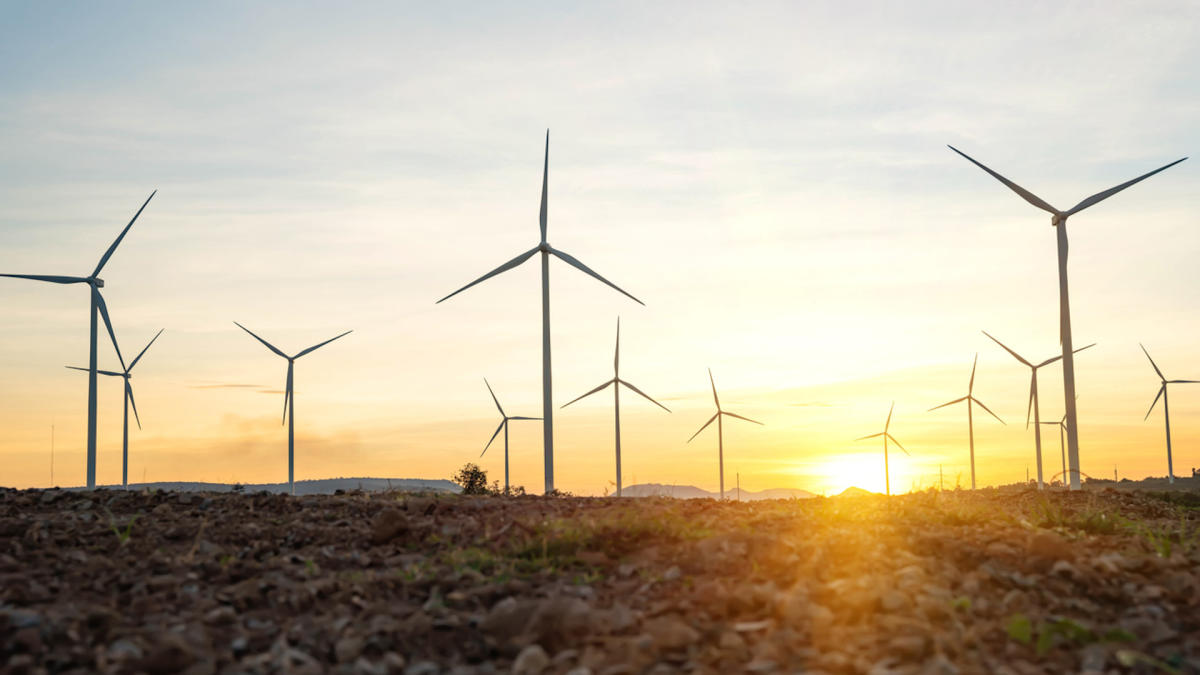
The European Union has made major strides away from reliance on dirty energy sources to alternative forms of energy, a new report showed.
Think tank Ember said the EU increased wind and solar power generation by 46% from 2019 to 2023. Last year, the EU set a binding target of at least 42.5% renewable energy sources by 2030 — with an aim to reach 45%.
“The EU now has more homegrown wind and solar than ever, pushing both coal and gas electricity generation down to historic lows,” Sarah Brown, Europe programme director at Ember, said in the report. “The EU is now in the midst of a historic, permanent shift away from reliance on fossil fuels for power.”
According to the report, wind and solar energy have displaced about 20% of the EU’s dirty energy generation since 2019, with their overall capacity increasing by 65% during that time.
Recent policies passed in the EU have helped the push toward this success in renewables. In 2019, a European Green New Deal passed, and the union “committed to addressing the energy, climate and environmental challenges and to achieving climate neutrality by 2050 in accordance with the Paris Agreement,” according to the EU parliament website.
According to Reuters, the recent elections held in early June could have an impact on the policies currently in place, with some laws set to be under review by the new administration.
Watch now: Climate scientist dispels misconception that burning wood pollutes more than burning dirty energy
The Ember report also highlighted myriad benefits, including reaching 1.5 million jobs in the renewables sector (by 2022) and lowering gas import costs by 30 million to 40 million Euros (about $32 million to $43 million) between 2019 and 2023.
The economic benefits of renewable energy are being increasingly proven across the board. Last year, a report from the Rocky Mountain Institute stated that as more solar projects are completed and production costs come down, the price per megawatt could decrease from $40 to $20.
While the financial impacts are certainly welcome, the overall quality of life and the environment is perhaps the more exciting development. According to Ember’s report, “the emission intensity of EU electricity generation was less than half the global average in 2019,” with emissions intensity being cut a further 15% between 2019 and 2023.
A study from Sweden last year showcased some of the benefits of cleaner air in Europe, noting that 3,000 premature deaths were prevented with improved air quality based on data between 2000 and 2018.
Join our free newsletter for weekly updates on the coolest innovations improving our lives and saving our planet.
EMEA Tribune is not involved in this news article, it is taken from our partners and or from the News Agencies. Copyright and Credit go to the News Agencies, email news@emeatribune.com Follow our WhatsApp verified Channel





